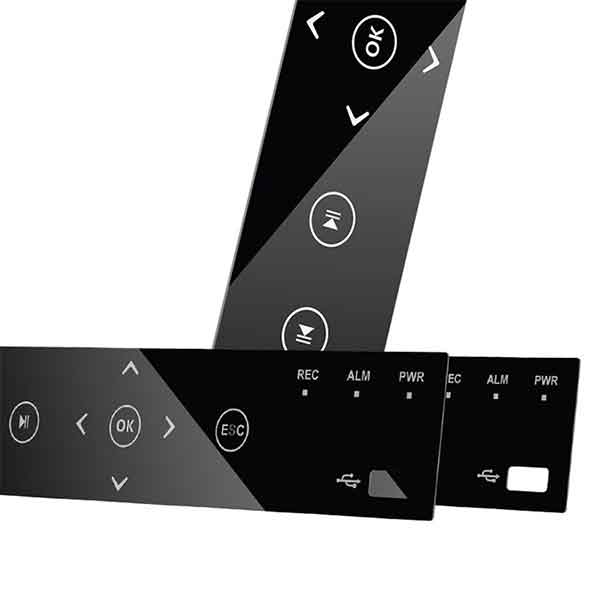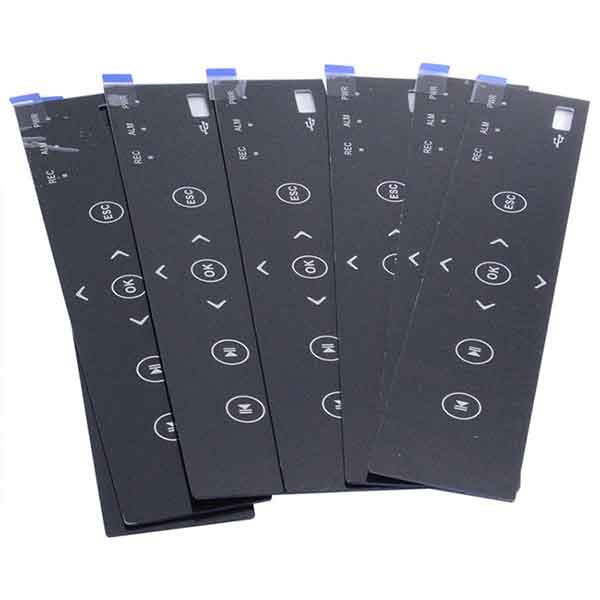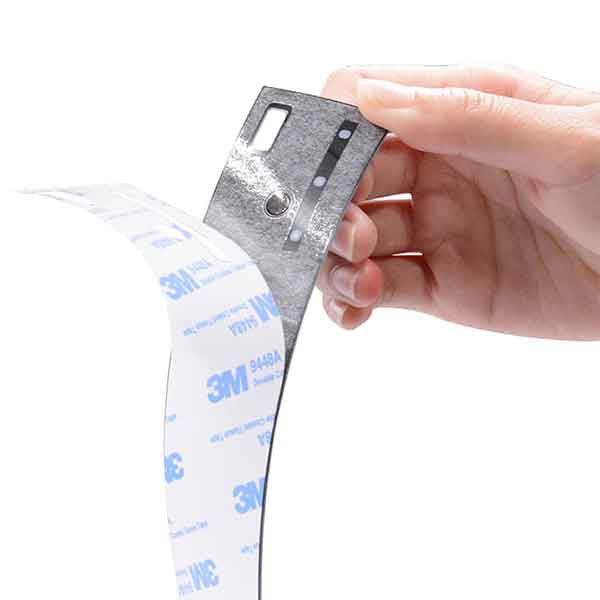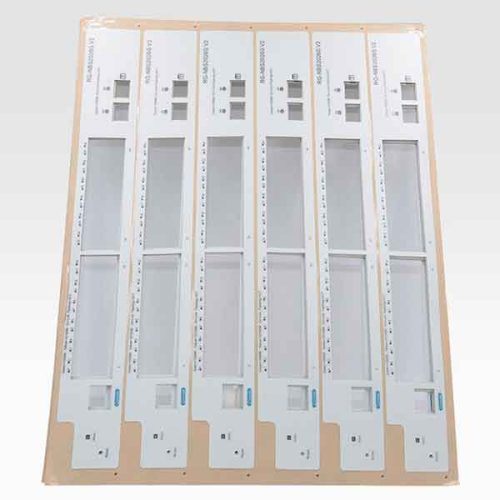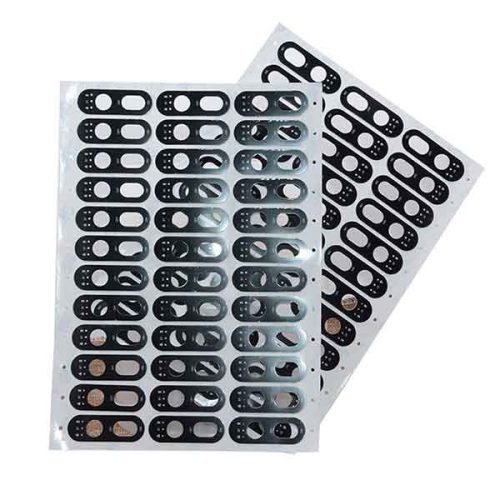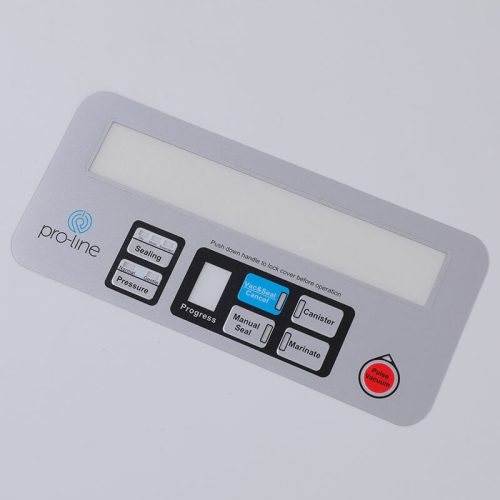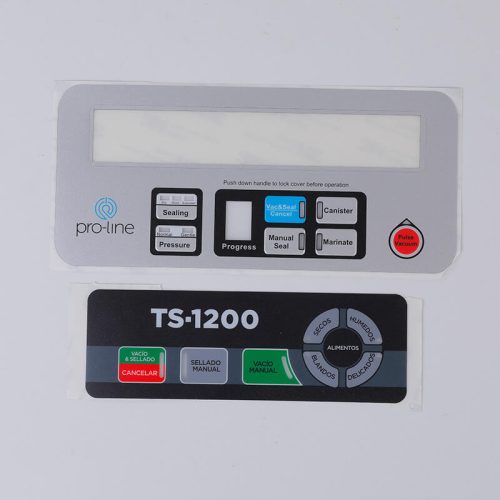Description
Polycarbonate graphic overlays provides both a protective surface and a communication platform to create a user-friendly, purposeful and well-designed customer interface for branding and functionality.
Polycarbonate graphic overlays are suitable for the solution that requires lots of cut-outs or embossed raised areas, or graphic overlays with many buttons, or graphic overlay with LEDs or windows.
Features
| Product name |
Polycarbonate graphic overlays |
| Material |
Polycarbonate (PC) |
| Thickness |
0.125mm–2.0mm or inform us your requests |
| Finish |
Glossy, frosted, matte, brush finish |
| Application |
Widely used in the external parts of duplicator, telephone, fax machine, DVD, car audio,
domestic air conditioning, medical and health care instruments. |
| Certification |
ISO9001:2015 & ISO14001:2015 for our factory
For material:
MSDS and TDS and SGS data certificates are available |
Order FAQ
Polycarbonate graphic overlays delivery, shipping, and service:
- Lead time: 3 working days for samples and 7 working days for orders;
- Shipping: by express, by air, or by sea, door-to-service would be available
- Service: design, printing, and die-cutting service in one-stop
Q: What format of design file should be provided by you?
A: AI, PDF, COREL DRAW, CAD, vector files first
Q: Can you do OEM service?
A: Yes! Our factory deals with the OEM orders since 2005
Q: What is your minimum order quantity?
A: No MOQ, but the order’s quantity would affect the unit cost
Q: How can I pay for my order?
A: Bank transfer(T/T), Western Union, PayPal, the payment should be paid as the confirmation of orders

